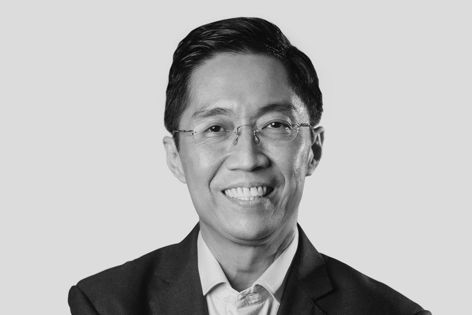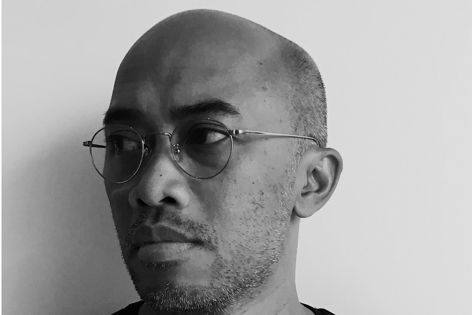The American Standard Design Catalyst Live webinar examines the importance of health and well-being within the context of sustainable building design.
"Sustainability" is often referred to as a buzzword within the design and construction industry. However, thoughtful and sustainable design is more than a trend - it can dramatically improve health and well-being.
Ensuring that new buildings leverage technology to generate clean energy and utilise sustainable construction methods and materials is key to reducing carbon emissions.
Sustainable practice, in relation to the design and construction industries, has evolved to cater for human well-being and safety.
"Sustainable building practices used to be focused on how buildings impact the outer environment. In recent years, designers have also been focusing on indoor environments," said Jojo Tolentino, president and CEO of Aidea.
"Before the pandemic, wellness was already growing in popularity. When COVID-19 hit, the stress, and anxieties caused by the lockdowns underscored how poorly some spaces are designed and emphasized our need to stay healthy mentally, emotionally, and physically," he added.
The Menarco Tower in Manila, the Philippines, is a sustainably designed boutique office development that aims to promote the well-being of its occupants through health and safety initiatives.
Designed by Aidea, the tower is the only recipient of the LEED Gold and WELL Gold certifications in Southeast Asia, achieving harmony between environmental sustainability and human wellness.
The 32-storey office building, with floor-to-ceiling windows and a double-glazed curtain wall system, prevents urban heat from entering the building – allowing occupants to stay cool while lowering energy consumption.
Aidea's design affords office workers copious natural light, helping to improve productivity and reduce the need for artificial lighting.
A community project in Gunung Sari, Indonesia demonstrates how a broader approach to sustainable design can go beyond benefiting the natural environment. This project, undertaken by Jakarta-based architecture firm Aboday, centered on transforming a small hill into a public park. The focus of this design was not about creating an aesthetically pleasing physical space, but rather about empowering the local community through the creation of a self-supported public space.
"The main idea behind this project was to create a self-supported public space that could generate extra income for locals without damaging too much of nature. Besides professional artists, members of the community were also involved in the construction of the park," stated Aboday founder Ary lndrajanto, who participated in panel discussion at the inaugural American Standard Design Catalyst Live webinar in March 2022.
"A good public park shouldn't simply be one where people can take nice selfies," he concluded.
The American Standard Design Catalyst Live webinar brings together global leaders in architecture and design to share their insights and ideas. The webinar is available to watch online in English, Bahasa Indonesia, Thai and Vietnamese. asdc-live-registration.com

